OPTIMISATION IN NEUROREHABILITATION
We regulate the autonomic nervous system with non-invasive microcurrents.
The result: better brain-body connection, less inflammation, more regeneration and more effective treatment of pain and neurological dysfunctions.
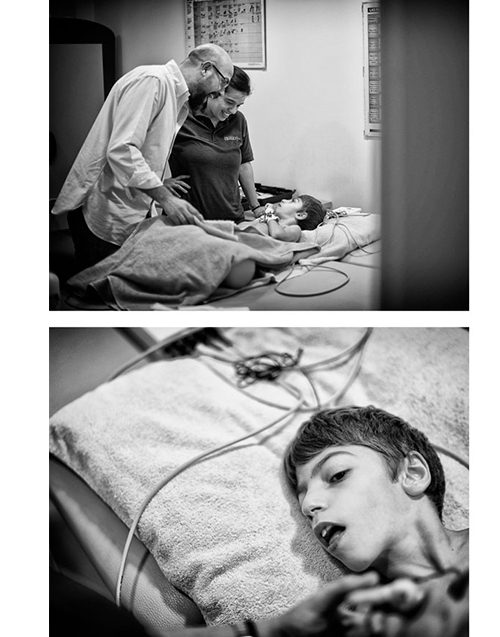
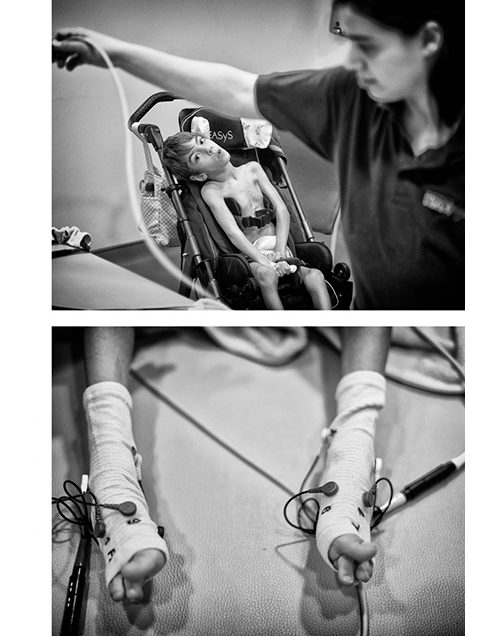
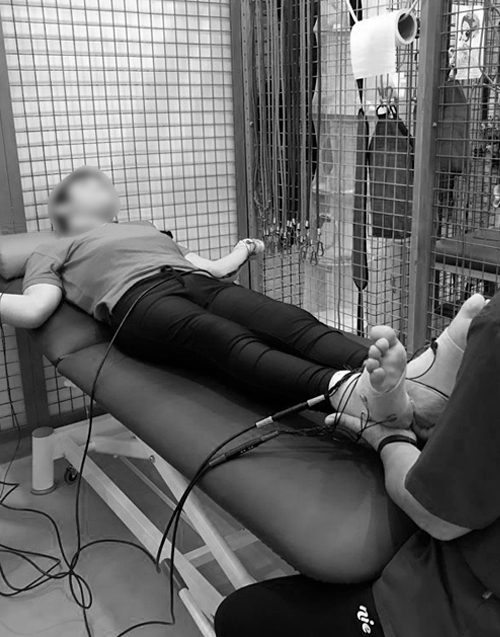
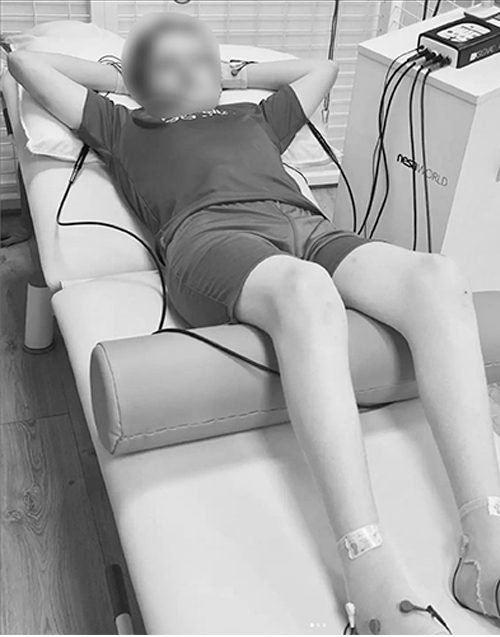
When the nervous system loses balance, small impulses can generate large changes.
NESA XSIGNAL® allows:
- Improved sleep quality by modulating brain structures involved in the circadian cycle and reducing hyperexcitability of the central nervous system.
- Relief of chronic pain, both neuropathic and musculoskeletal, by regulating the sensitisation mechanisms of the nervous system.
- Reduction of muscular spasticity, favouring motor control and improving mobility in pathologies such as multiple sclerosis or spinal cord injuries.
- Improved motor coordination, helping to re-establish more functional movement patterns.
- Regulation of sensory function, reducing hypersensitivity and pain in conditions such as complex regional pain syndrome (CRPS) and peripheral neuropathy.
- Enhancing other rehabilitation treatments, optimising the response to physiotherapy and pharmacological therapies without interfering with their efficacy.
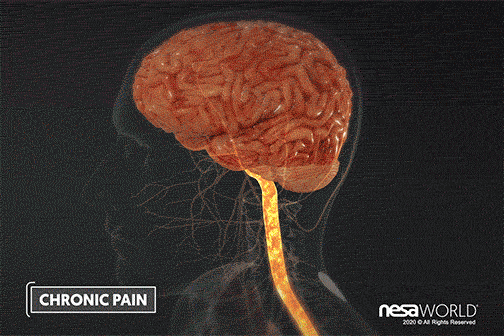
Chronic pain
NESA’s non-invasive neuromodulation reduces nervous system sensitisation, decreasing the intensity and persistence of neuropathic and musculoskeletal pain. It is particularly effective when pain limits function and delays neurological recovery.
01
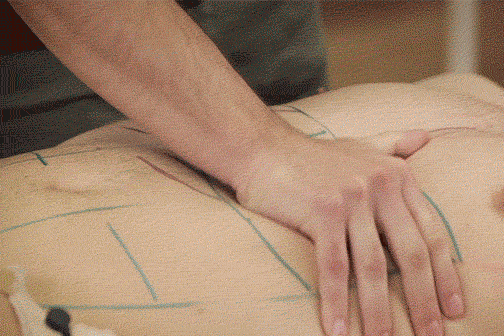
02
Spasticity and motor control
NESA XSIGNAL® helps to reduce spasticity and improve motor control in cases of neurological damage. Its action promotes more functional mobility and prepares the nervous system to respond better to physical rehabilitation.
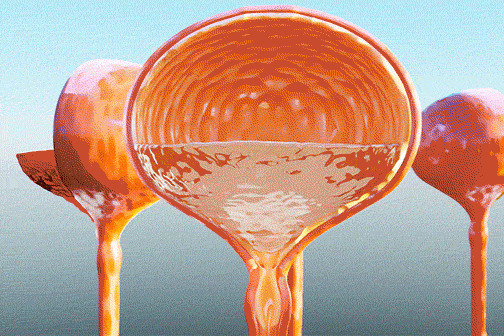
Sensory function and autonomic regulation
By modulating the autonomic nervous system, symptoms such as hypersensitivity, peripheral pain and autonomic dysfunction are attenuated. Its application is safe, complementary and enhances other treatments without interference.
03
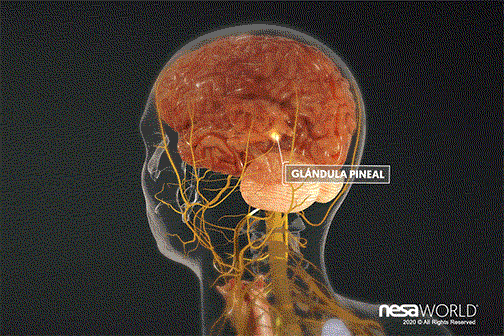
04
Sleep and neurorecovery
Neuromodulation improves sleep quality by regulating REM and non-REM phases, acting on structures that control circadian rhythms. Better sleep accelerates neurological recovery and reduces pain perception.
Global Trust in NESA®
More than 1,000 clinics, and over 50 hospitals and universities worldwide rely on our technology to optimise rehabilitation treatments and enhance patients’ quality of life.










































PASSIVE NEUROMODULATION OF THE AUTONOMIC NERVOUS SYSTEM IN CLINICAL SETTINGS.
NESA® medical technology standardises passive stimulation protocols, optimising precision and multi-therapy capacity.
THERAPEUTIC SYNERGY: MANUAL TREATMENTS, EXERCISE AND NESA®.
Optimises the autonomic nervous system and boosts recovery in a single treatment.
"Patients with post-COVID sequelae have shown remarkable improvements in neuropathies, fatigue and cognitive failure thanks to NESA® Non-Invasive Neuromodulation".
Watch the video

"Non-invasive neuromodulation shows sustained positive results over time in patients with acute insomnia, with significant improvements observed after 10 weeks of use. This is remarkable."
Watch the video
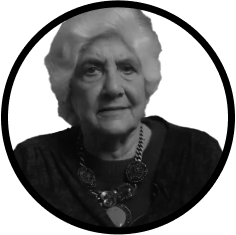
"After introducing NESA in July 2023, the results were so positive that within just 30 days we had to acquire a second unit due to the increasing demand from our patients. Many, noticing the improvements, recommended the treatment to family and friends, leading us to add a third unit within a few months."
Watch the video

"NESA® is here to stay, offering a significant improvement in the quality of life of patients, especially those with chronic pain".
Watch the video

"The changes with NESA have been spectacular for the children, particularly in terms of their bowel movements, reduced irritability, and improved sleep quality for both them and their parents. It has been a significant change in their quality of life."
Watch the video
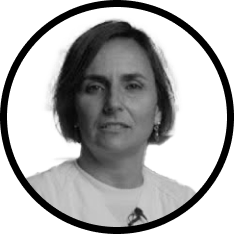
"As a neurosurgeon, I have seen improvements mainly in post-surgical pain and neuropathies, and we are currently using it preoperatively to reduce sympathicotonia in patients weeks before surgery."
Watch the video

"We have normalised toilet training for our children with cerebral palsy and improved their sleep. The key has been the improvement in the functioning of the autonomic nervous system."
Watch the video

"We have normalised toilet training for our children with cerebral palsy and improved their sleep. The key has been the improvement in the functioning of the autonomic nervous system."
Watch the video

"In neurorehabilitation, I would highlight the improvement in intestinal motility and the quality of children's sleep."
Watch the video

"Recent studies have shown that by balancing the sympathetic and parasympathetic nervous systems through neuromodulation, we can reduce pro-inflammatory states. This is crucial for preventing and treating associated neurological diseases, contributing to healthier and more active ageing."
Watch the video

Explore more than 1,000 testimonials from healthcare professionals
Would you like more information about XSIGNAL® technology in neurorehabilitation?
At NESA WORLD, we are available to help you. CONTACT US
"*" indicates required fields